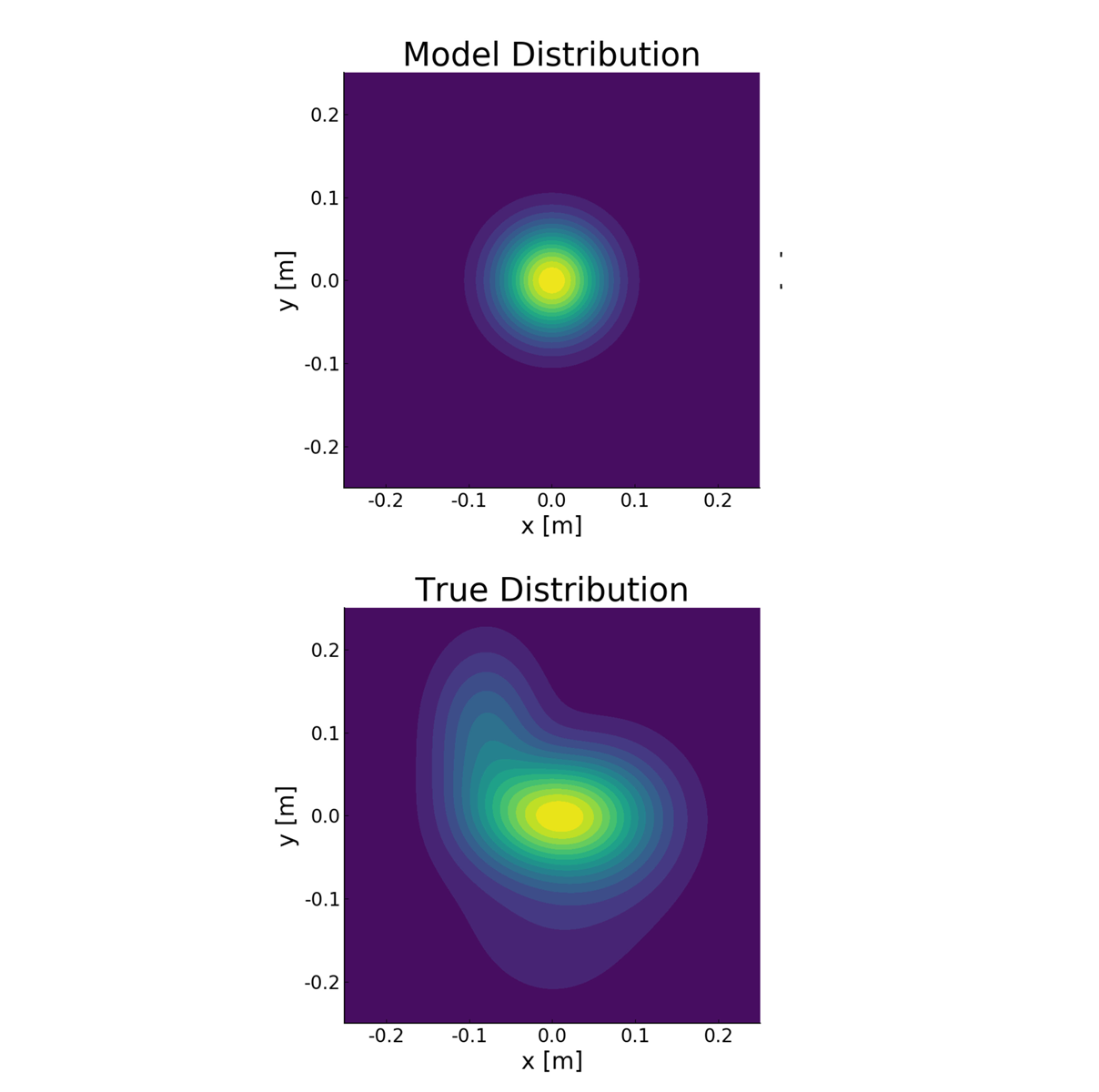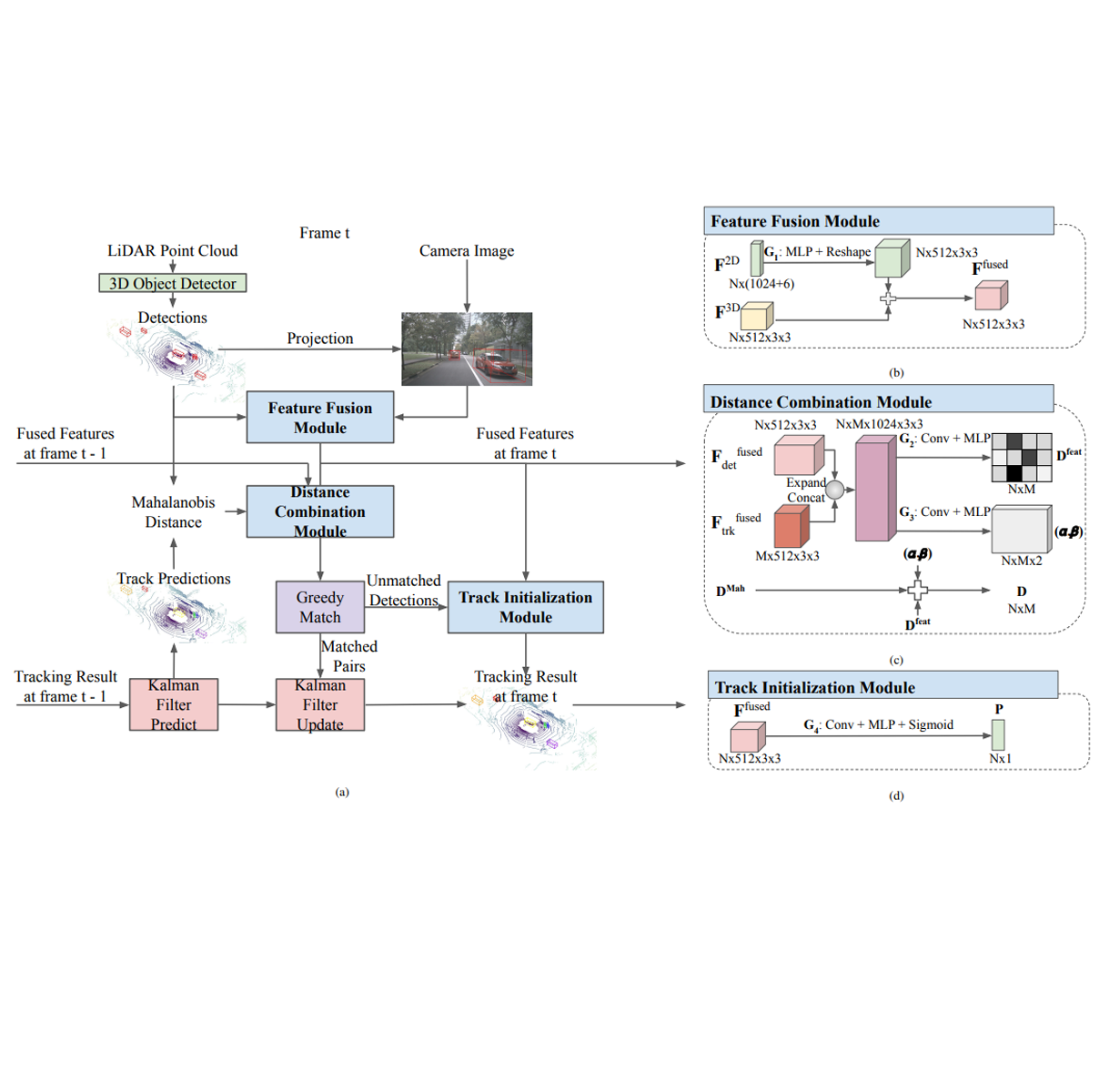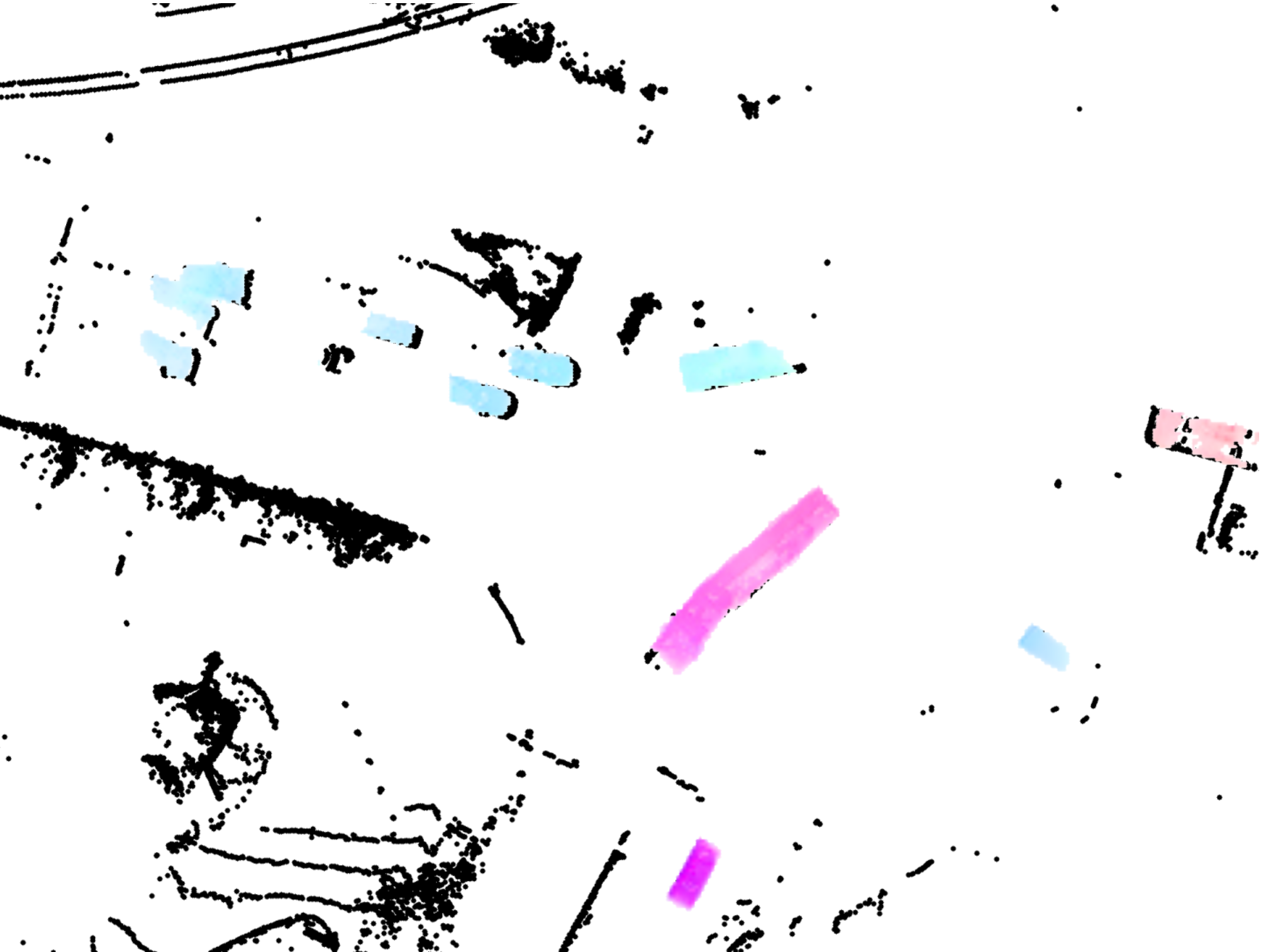
TRI Author: Wadim Kehl All Authors: Miroslava Slavcheva, Wadim Kehl, Nassir Navab, Slobodan Ilic We tackle the task of dense 3D reconstruction from RGB-D data. Contrary to the majority of existing methods, we focus not only on trajectory estimation accuracy, but also on reconstruction precision. The key technique is SDF-2-SDF registration, which is a correspondence-free, symmetric, dense energy minimization method, performed via the direct voxel-wise difference between a pair of signed distance fields. It has a wider convergence basin than traditional point cloud registration and cloud-to-volume alignment techniques. Furthermore, its formulation allows for straightforward incorporation of photometric and additional geometric constraints. We employ SDF-2-SDF registration in two applications. First, we perform small-to-medium scale object reconstruction entirely on the CPU. To this end, the camera is tracked frame-to-frame in real time. Then, the initial pose estimates are refined globally in a lightweight optimization framework, which does not involve a pose graph. We combine these procedures into our second, fully real-time application for larger-scale object reconstruction and SLAM. It is implemented as a hybrid system, whereby tracking is done on the GPU, while refinement runs concurrently over batches on the CPU. To bound memory and runtime footprints, registration is done over a fixed number of limited-extent volumes, anchored at geometry-rich locations. Extensive qualitative and quantitative evaluation of both trajectory accuracy and model fidelity on several public RGB-D datasets, acquired with various quality sensors, demonstrates higher precision than related techniques. Read more
Citation: Slavcheva, Miroslava, Wadim Kehl, Nassir Navab, and Slobodan Ilic. "Sdf-2-sdf registration for real-time 3d reconstruction from rgb-d data." International Journal of Computer Vision 126, no. 6 (2018): 615-636.


